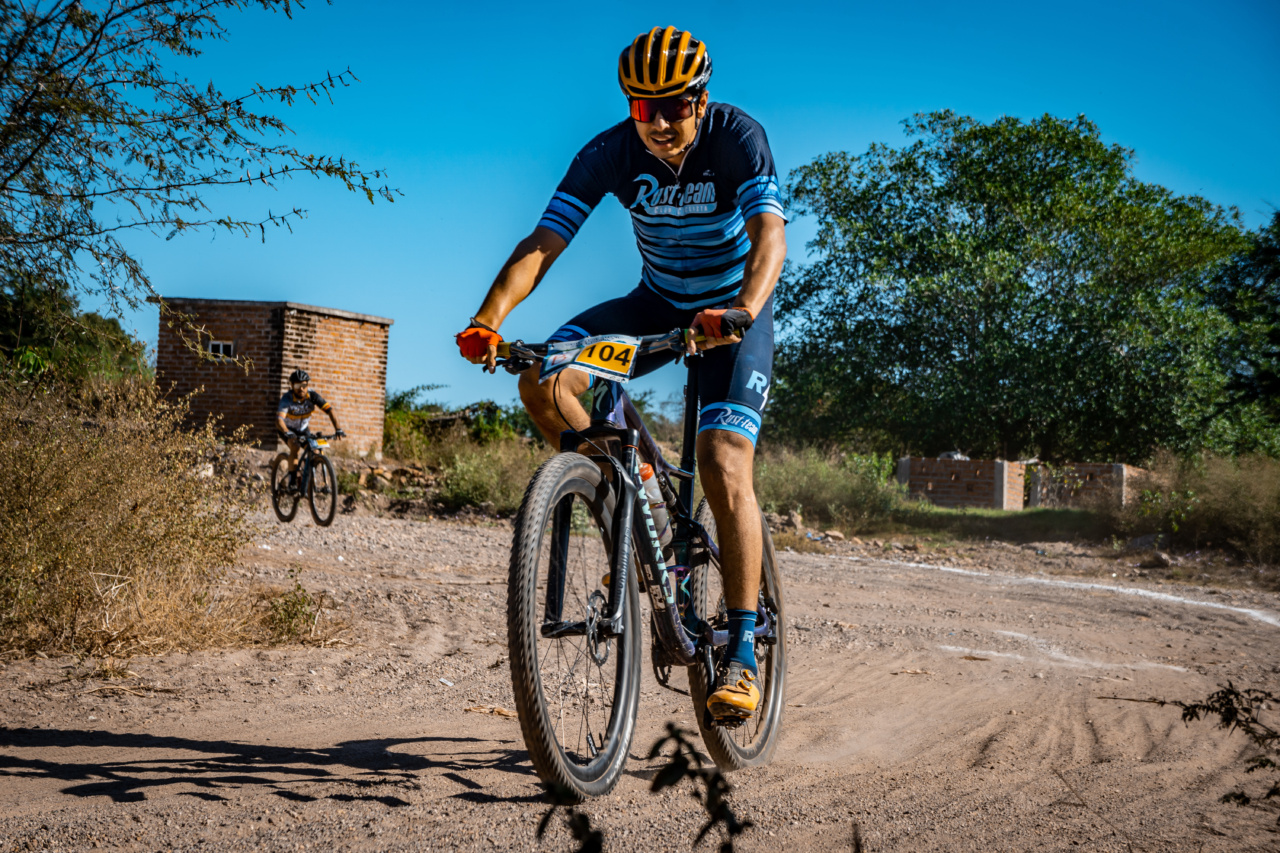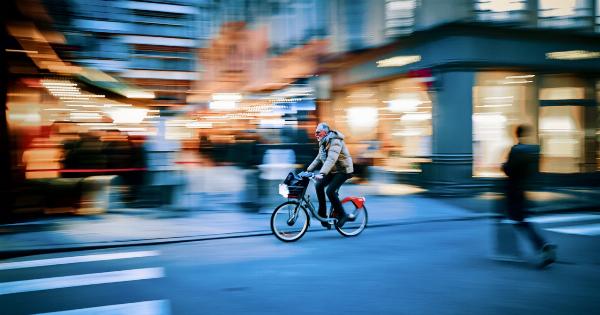Cycling is a popular sport and recreational activity that offers numerous health benefits. It improves cardiovascular fitness, enhances muscle tone, and promotes weight loss.
However, there has been a longstanding concern about the impact of cycling on a man’s sexual health. Some studies suggest that cycling may lead to sexual dysfunction and reproductive issues in men. In this article, we will explore the potential effects of cycling on male sexual health and delve into ways to minimize any negative impact.
Understanding the Potential Connection
Several theories have emerged regarding the ways cycling may affect a man’s sexual health:.
1. Nerve Compression
Long hours of sitting on a bike saddle can exert pressure on the perineum, the region between the scrotum and anus. This pressure can compress the pudendal nerve, which is responsible for sexual function.
Prolonged compression of the pudendal nerve may lead to numbness or erectile dysfunction.
2. Reduced Blood Flow
The position a cyclist assumes on the bike can cause compression of blood vessels that supply blood to the penis. Reduced blood flow to the penile region can result in difficulty achieving or maintaining an erection.
3. Overheating and Testicular Health
Tight cycling shorts and hours of intense physical activity can increase testicular temperature. Elevated testicular temperature, in turn, may negatively affect sperm production and fertility.
Proper testicular function is crucial for maintaining healthy sexual health.
Evidence and Research
While the theories mentioned above sound concerning, it is important to note that the evidence remains inconclusive. Several studies have explored the potential connection between cycling and sexual health:.
1. Erectile Dysfunction
Some studies have suggested a relationship between cycling and erectile dysfunction. A small-scale study conducted in Italy found that cyclists had a higher prevalence of erectile dysfunction compared to swimmers and runners.
However, more extensive research is required to establish a definitive link and identify potential confounding factors.
2. Sexual Dysfunction
A study published in The Journal of Sexual Medicine investigated whether cycling impacts sexual function. It concluded that cycling does not appear to negatively affect sexual health or pelvic floor function in healthy, trained men.
Minimizing Potential Risks
While the research is still ongoing, there are several measures you can take to minimize any potential risks to your sexual health while cycling:.
1. Choose the Right Saddle
Invest in a saddle specifically designed to reduce perineal pressure. Look for saddles with a central cutout or groove that relieves pressure on the pudendal nerve and blood vessels.
Additionally, make sure the saddle is wide enough to support your sit bones.
2. Frequent Stand-Up Breaks
Take regular breaks during your cycling sessions to stand up and relieve pressure on the perineum. Stand up on the pedals for short intervals to improve blood flow and alleviate any numbness or discomfort.
3. Optimize Bike Fit
Ensure your bike is properly fitted to your body dimensions and cycling style. Consulting a professional bike fitter can help you achieve the correct saddle height, handlebar reach, and overall posture.
A proper bike fit can distribute pressure more evenly and reduce the risk of nerve compression or restricted blood flow.
4. Wear Appropriate Apparel
Choose cycling shorts that provide adequate padding and support without being excessively tight. Avoid wearing underwear beneath your padded cycling shorts to prevent unnecessary friction and increase breathability.
5. Vary Your Cycling Routine
Include variations in your cycling routine to reduce the amount of pressure and heat on your perineum and testicles.
Alternate between different types of bikes, such as road bikes and mountain bikes, or try other forms of exercise like swimming or running to give your body a break.
Conclusion
While concerns about the impact of cycling on male sexual health exist, the evidence remains inconclusive.
The potential risks can be minimized by choosing the right saddle, taking regular breaks, optimizing bike fit, wearing appropriate apparel, and varying your cycling routine. If you experience persistent sexual health issues, it is advisable to consult a healthcare professional who can provide personalized advice.






























